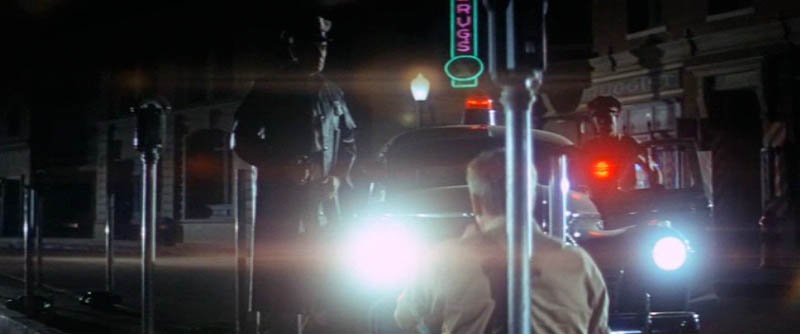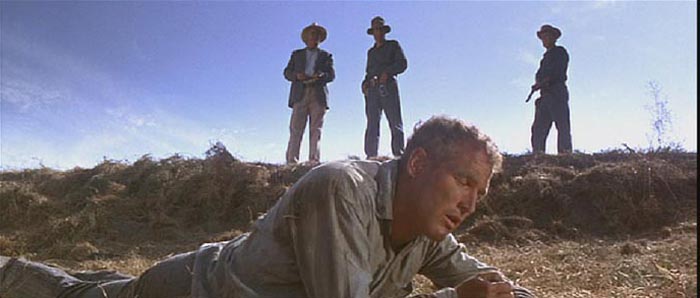I read the attached article a while ago and it made me chuckle. Of course things are the most funny when they ring true. That's why we laugh, to avoid crying. In this case the author was griping about how overwhelming all the technology can become today. She pines for yester-year when things were simpler.
Many of us have been at the center of the high-tech boom. We breathe tech. Given that, I suppose we all might sometimes feel a bit like Dr. Berman. When asked what I like to do when I get a little free time my response often goes a little like this. "My work is inside, high-tech and intellectual, so in the off hours I prefer things that are outside, low-tech and physical."
I would argue that too much of any good thing can become a bad thing, but so could a dearth of a good thing as well. Perhaps what Dr. Berman is really seeking isn't killing off technology, but rather some way to better discipline her use of it. Balance is an important part of life.
I do find it ironic that after you read her rant about too much email, and then scroll down to the description of the author on the second page, you find the statement, "She can be reached by email at [email protected]."
tech_rip.pdf





 RSS Feed
RSS Feed